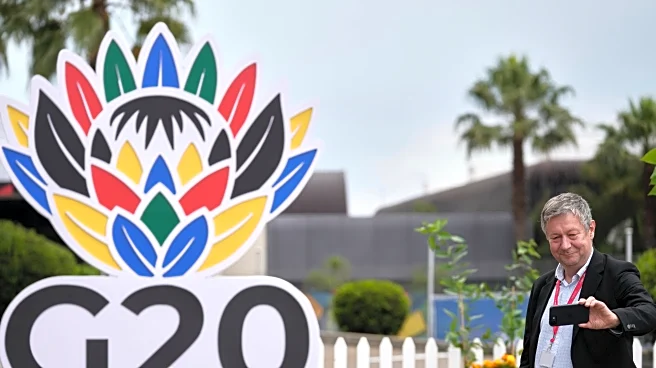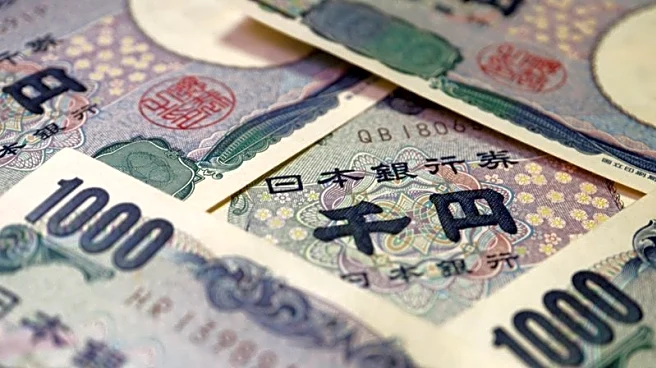What's Happening?
The United States has become the largest importer of Japanese matcha, purchasing over 2,000 tons annually. This surge in demand, particularly for ceremonial-grade matcha, is putting significant pressure on Japanese tea farmers. The production of this
high-quality tea is labor-intensive and is further complicated by challenges such as extreme weather conditions and an aging workforce. These factors have led to global shortages and record-high prices for matcha. The popularity of matcha in the U.S. is partly driven by the rise of specialty cafes, such as Aoko Matcha in New York City, and social media trends like #matchatok, which have increased consumer interest and demand.
Why It's Important?
The increased demand for matcha in the U.S. highlights the growing influence of consumer trends on global agricultural markets. For Japanese farmers, this demand presents both an opportunity and a challenge. While the U.S. market offers significant economic potential, the current production constraints could limit their ability to capitalize on this opportunity. The situation underscores the broader issues facing the agricultural sector, such as the need for sustainable farming practices and workforce renewal. For U.S. consumers, the rising prices and potential shortages could affect the availability of matcha products, influencing market dynamics and consumer behavior.
What's Next?
As the demand for matcha continues to grow, Japanese farmers may need to explore innovative farming techniques or seek government support to enhance production capacity. Additionally, there could be increased investment in technology to mitigate the effects of labor shortages and climate challenges. On the consumer side, U.S. businesses might look for alternative sources or develop domestic production capabilities to meet demand. The situation may also prompt discussions on trade policies and tariffs affecting agricultural imports.
Beyond the Headlines
The matcha industry's challenges reflect broader themes in global trade and agriculture, such as the impact of climate change on crop production and the importance of sustainable practices. The situation also highlights cultural exchanges, as Western interest in traditional Japanese products like matcha grows. This trend could lead to increased cultural appreciation and influence, fostering a deeper understanding between the U.S. and Japan.
















